Popular on Food52
Continue After Advertisement
15 Comments
Cookie
July 12, 2016
Wonderful post and beautiful dishes. Meat and bread scraps, as well as juicing pulp(!) are spoken for by my 100-lb. Lab, but I use veggie scraps for stock, which I find indispensable for sauteing, and occasionally use for a sauce or marination base. Any root vegetable butt or peel, outer leaves of cabbage & radicchio; parsley & cilantro stems, leek & beet tops, etc. So much better than store-bought veggie stock.
Rhonda35
October 19, 2015
A CIA-trained friend was required, as all students were, to weigh the scraps from each day's cooking. This taught the students to be frugal with ingredients because waste equals lost profits in a restaurant kitchen. Time spent in the kitchen with her, as well as cooking with my Depression-era grandmother, has taught me much about avoiding food waste and repurposing scraps. Sadly, I can't claim to be as creative as Dan Barber or the Food52 crew - very interesting to see what you made from your grab bags of discarded food.
Florence L.
May 18, 2015
And don't throw out your kids' uneaten sandwiches. They make great additions to your Friday soup, aka the Week in Review, alongside other small leftovers. Thank god for blenders!
Leslie S.
May 18, 2015
Ha great advice! We once used my grilled cheese from the day before for croutons on a salad for the editors—it was surprisingly successful!
SLittlejohn
May 18, 2015
I tend to save bits and pieces and add to pasta sauce (carrot tops, parsley stems, celery leaves etc). I've also save stems, "butts" and such in a freezer bag to make my own veggie stock. I grow a lot of veggies in season and use every little bit to save the money spent.
Leslie S.
May 18, 2015
A great idea! I've started doing this myself and i've been throwing away much less!
Windischgirl
May 17, 2015
I'm surprised that most people don't cook like this. It requires a shift in thinking, towards techniques and away from specific ingredients. Example: pesto can take a variety of ingredients to make a thick sauce bound with oil. Stir fries, soups, main dish salads, pasta dishes, fried rice are all amenable to this approach.
If adherence to a recipe is a symphony, this approach is Jazz. Bring on the improv!
If adherence to a recipe is a symphony, this approach is Jazz. Bring on the improv!
carol
May 17, 2015
Being raised in an an Italian household, we never throw anything away. Most times wilting greens, ends or butts of veggies, leftover meats and cheeses wind up in a frittata or soup.
Gardener-cook
May 16, 2015
I'm curious about Mr. Barber's dish. Could the whole butt ends of book choy really be eaten? I have one in the refrigerator so I went and picked at the butt end, and it seems to be pretty unyielding and unappetizing. I love the fermenting idea, but I have a backyard goat, so my veggie scraps are mostly spoken for.
Babette's S.
May 16, 2015
I tend to be slightly OCD frugal, partly from my upbringing in the 50s and 60s. My monther is still an amazing cook at 87 (as of today). Her small family of her mother and younger sister (here dad died when Mum was 9 and she took over housekeeping when my Grandmother went to work, Gram owned a restaurant when she met my Grandfather and she worked as a hotel and diner cook for most of her adult working life). My Dad's parents were Italian immigrants who raised 12 kids and they raised much of their food. I guess that's why I try to use most and throw away little. I use a marker to date all of the stuff in my pantry and fridge to make sure I use stuff up before expiration dates. I find soups and pasta make great use of leftover bits of this and that. I've been using veg leaves and stems for years for flavoring soups and sauces. I always think before I toss out something that isn't spoiled or rotting.
LouLou2222
May 16, 2015
I love the fermenting idea. I very often add carrot pieces, zucchini leftovers, celery to pickle juice after finish our pickles. It takes a day or two of marinating and even tho they're still crunchy, they're yummy. Also, I freeze parsley, thyme and rosemary stems to later flavor our soups. I also save bits of vegetables to make fried rice or to add to tofu( we are vegan ) when we're having lettuce wraps.
rudder
May 16, 2015
Wow those are some beautiful dishes! Very inspiring post, I'll be thinking twice next time I come across remnants of a cooking session =)
Radish
May 15, 2015
I liked this post. We eat a huge amount of vegetables at this house. I do have all these vegetables in different states in the refrigerator that I end up throwing away. I like Antonia-James idea about the fermenting. But even that is too complicated for every day use. This is a good subject.
AntoniaJames
May 14, 2015
Hard stems and end pieces from any traditionally Asian brassica, especially mustardy Chinese greens of all kinds, and napa cabbage (which becomes more mustardy over time) can be pickled using salt as you would sauerkraut (lacto-fermentation), to use as a garnish on stir fries, noodle dishes, etc. with Asian profiles. (This, I've been told, is how the "Chinese Preserved Vegetable" that you see mentioned on restaurant menus is made.) ;o)
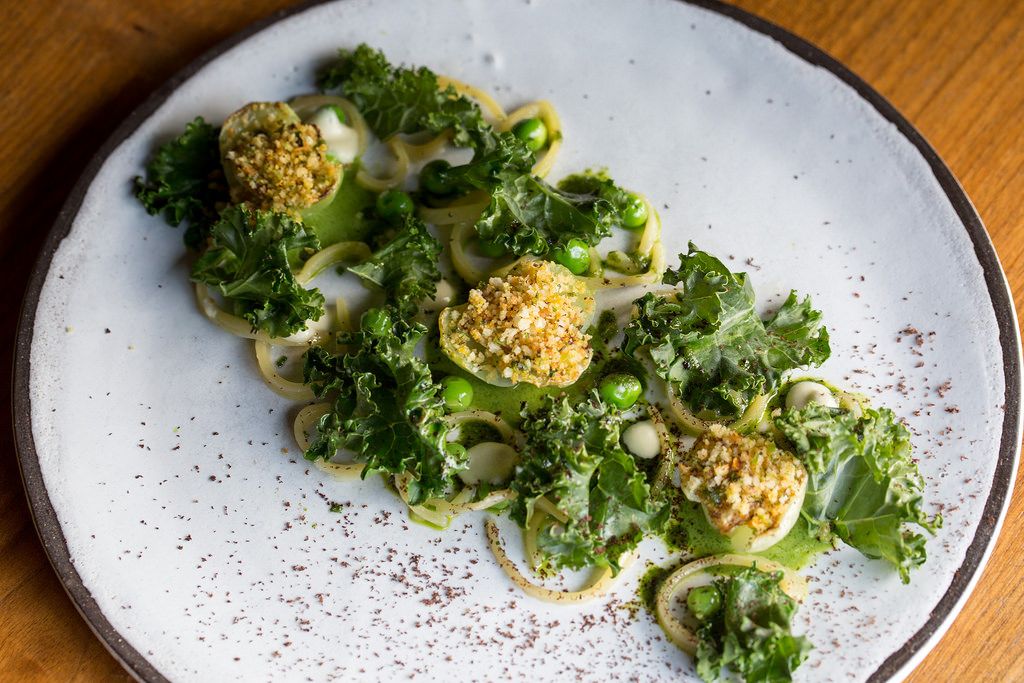
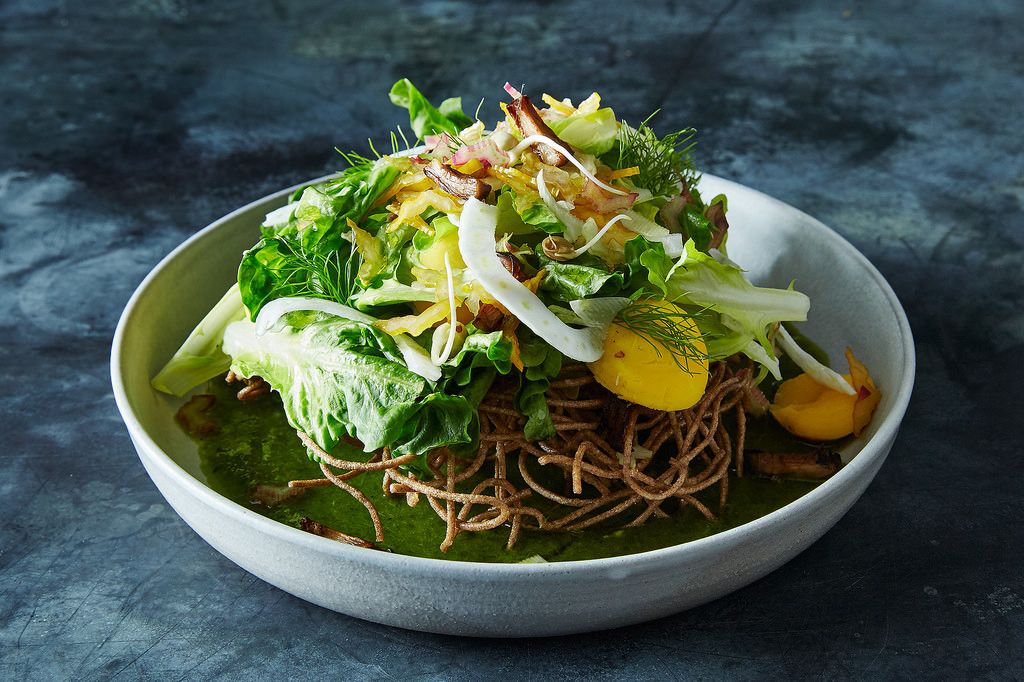
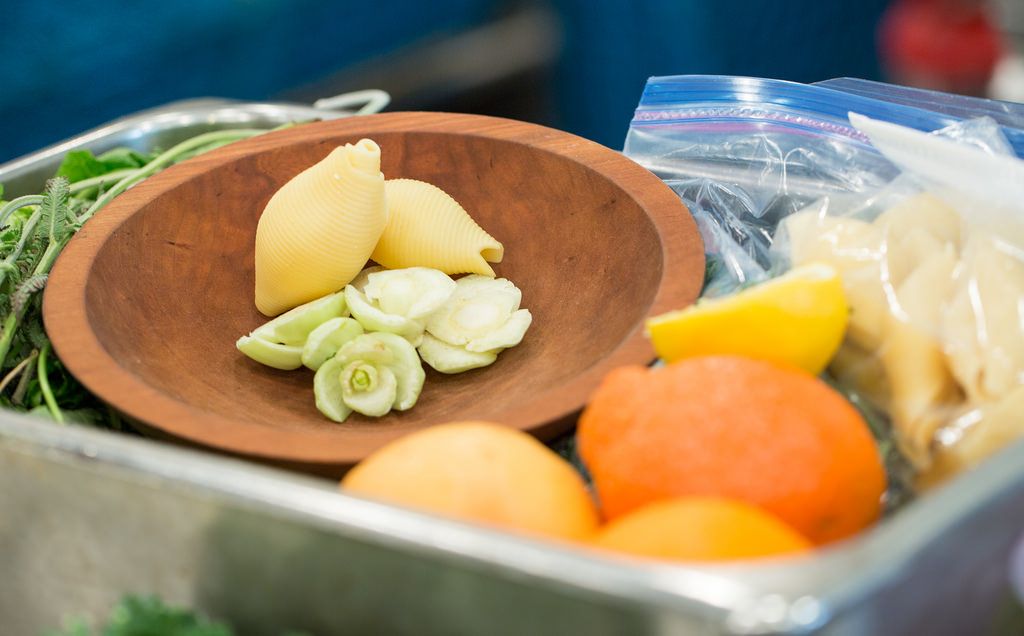
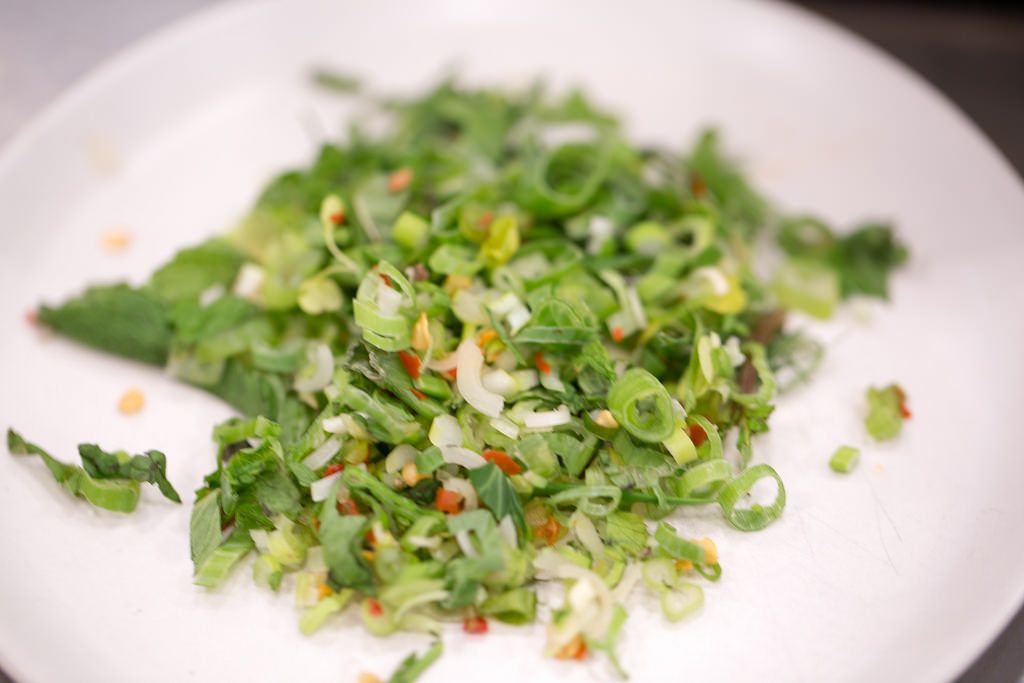
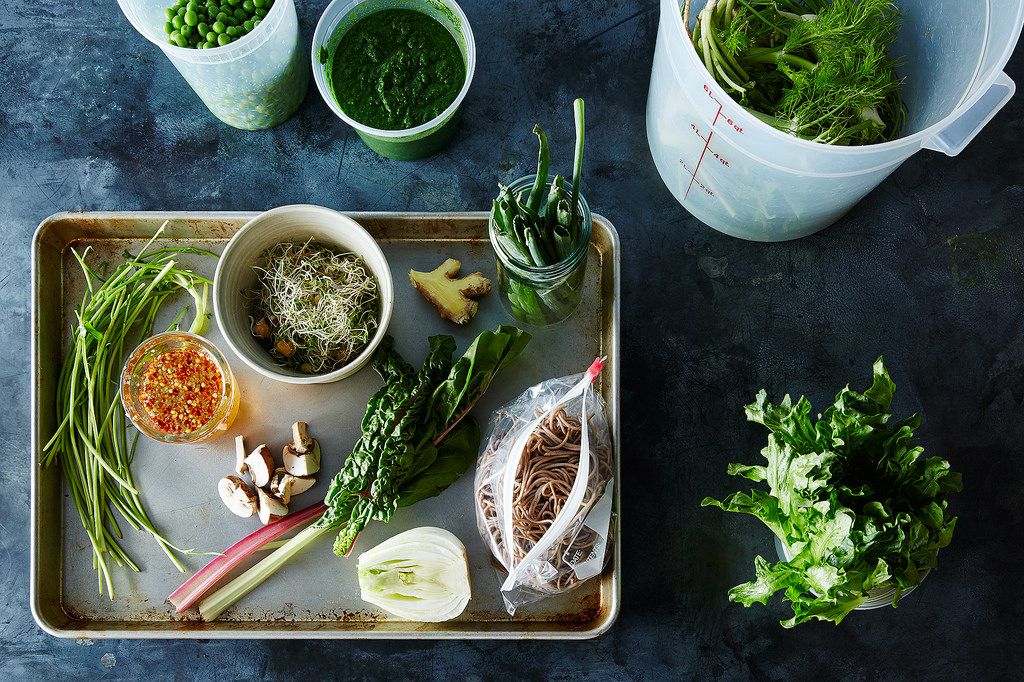
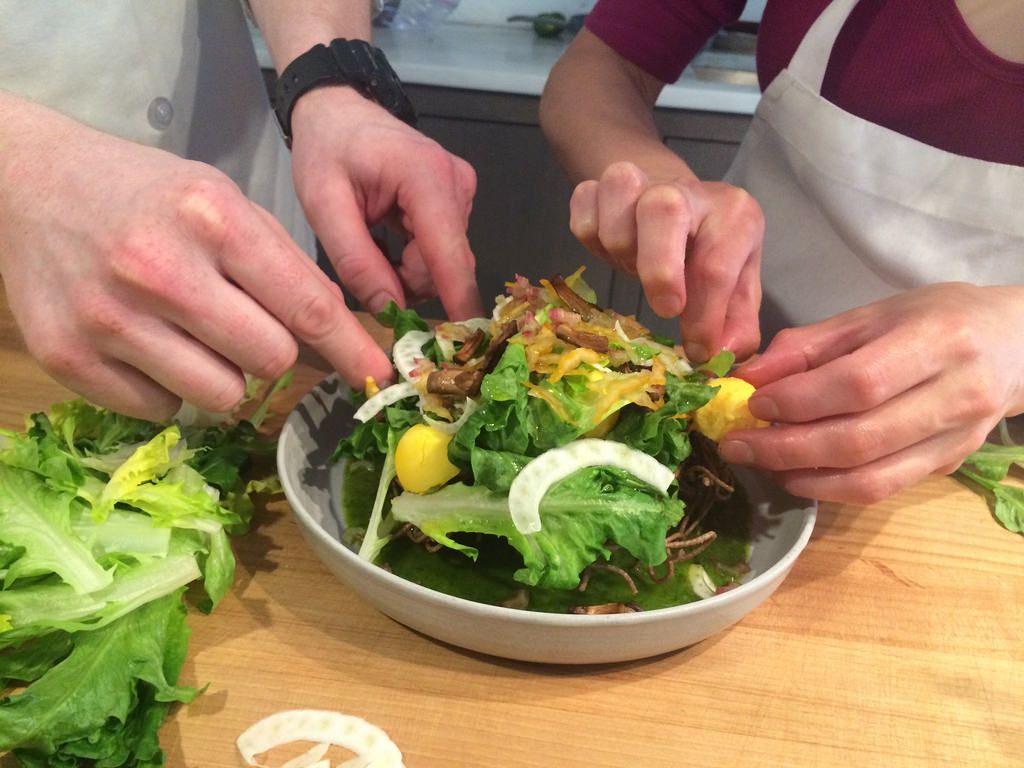


See what other Food52 readers are saying.